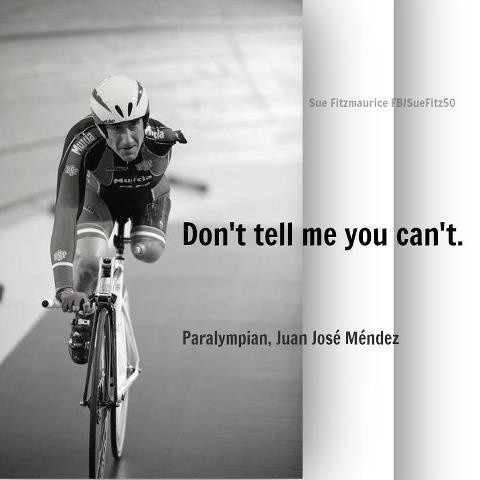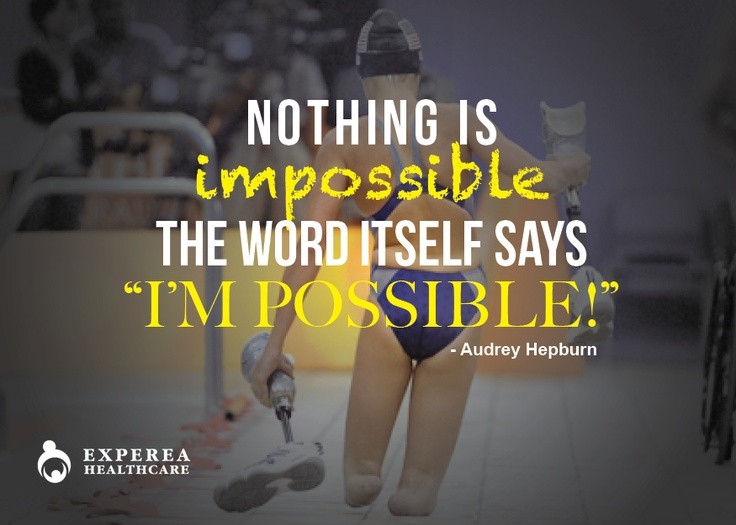An Exercise guide for people with limited mobility [Infographic]
![An Exercise guide for people with limited mobility [Infographic]](https://cdn.proshark.com/daimanuel/2016/03/An-Exercise-guide-for-people-with-limited-mobility.jpg)
 From a young age, we are frequently advised to obtain regular amounts of exercise in order to enjoy a healthy, happy lifestyle. Of course this is true, although for some people, exercising can be a difficult process. For people with limited mobility, there are physical and sometimes psychological barriers to exercising. Some exercises could be beyond their capability, or they might have a fear that trying to exercise could aggravate the pain that they feel in a specific part of the body.
From a young age, we are frequently advised to obtain regular amounts of exercise in order to enjoy a healthy, happy lifestyle. Of course this is true, although for some people, exercising can be a difficult process. For people with limited mobility, there are physical and sometimes psychological barriers to exercising. Some exercises could be beyond their capability, or they might have a fear that trying to exercise could aggravate the pain that they feel in a specific part of the body.Exercise options if you have limited mobility
However, regular exercise for people with limited mobility is a very attainable goal if sensible parameters are set. There are many exercises that can still be performed by using only one part of the body, while in the present day there is also an abundance of exercise equipment for people with mobility difficulties. Also, for people who may feel self-conscious about trying to exercise, often all it takes is a few words of encouragement to act as a motivational spur and suddenly the person has a spurt of self-confidence. [tweet_box float="right" width="50%" design="box_12"]72% of disabled people do not take part in any physical activity[/tweet_box]
Burning Nights (http://www.burningnightscrps.org/), a chronic pain charity based in the United Kingdom, created this really useful infographic guide to exercising for people with limited mobility. One of the startling statistics is contains is that 72% of disabled people do not take part in any physical activity. That is an extraordinary amount, although there are understandable reasons as to why they might be averse to exercise. Their physical difficulties, of course, can act as a real impediment, as does a fear that putting strain on a specific part of the body would have severe long-term consequences. In some cases, the barriers to exercising might be psychological. They could be self-conscious, fearful of intimidation from exercising alongside people who are fitness fanatics. Perhaps they lack the motivation to engage in physical activity, or they simply don’t feel confident enough to exercise on a regular basis.
All of these are perfectly reasonable barriers to exercising, but all of them can be overcome. There are exercises which are still very achievable, even with limited mobility, and can be done in the comfort of a person’s own home or during off-peak hours at a gym. A personal trainer would be more than happy to accommodate them at a quiet time and also tailor the training to suit the disabled person. Motivation can also some from friends or family, either through positive reinforcement or even by them doing the exercises with the disabled person.
Learning to overcome obstacles
If someone with limited mobility can conquer their fears about exercising and give it a try, the potential rewards are substantial and plentiful. Far from aggravating any pained areas, appropriate exercise carried out properly can actually add stamina and muscle strength, making the pain a lot less difficult to endure. It also helps to control the swelling of joints and pain associated with arthritis. Mentally, it reduces symptoms of depression, generates a feeling of accomplishment and emphasizes what the person is capable of doing, rather than what they can’t. It could even act as a fantastic social outlet, with like-minded individuals forming a bond over regular periods of exercise that may well turn into enduring friendship.

What forms of exercise, then, are appropriate for people with limited mobility?
They could try cardiovascular exercises like walking, swimming, water aerobics or boxing. Strength training routines such as weightlifting and bicep/shoulder exercise help to increase stamina and muscle. Alternatively, they might find flexibility regimes like tai chi, yoga or aerobics quite stimulating. Also, with companies constantly finding new market niches, there is a wealth of exercise equipment tailored especially for people with limited mobility, including cardiovascular exercise bikes, standing frames, all-terrain wheelchairs and hand cycles.
The main message from all of this is that it can be done. It takes perseverance and motivation, but the potential gains are huge. Just remember that it’s not a race. There won’t be any dramatic overnight effects and you might have to take a bit of pain initially to reap the rewards in the long-term. Pace yourself, set reasonable goals and always maintain a positive frame of mind.

Even if you fall short of a target, think about what you did manage and remember that it is a step in the right direction. Also, don’t be discouraged if you skip a couple of days or miss targets. You’ve had to overcome a lot of obstacles in life as it is, so you know that you can get back on the horse, go again, and ultimately succeed.
Additional resources:
- CPFN - a resource for families with children with cerebral palsy
- Mental health tips for super dads
- Ways to avoid an accessibility fail
Infographic: An Exercise guide for people with limited mobility





































































































